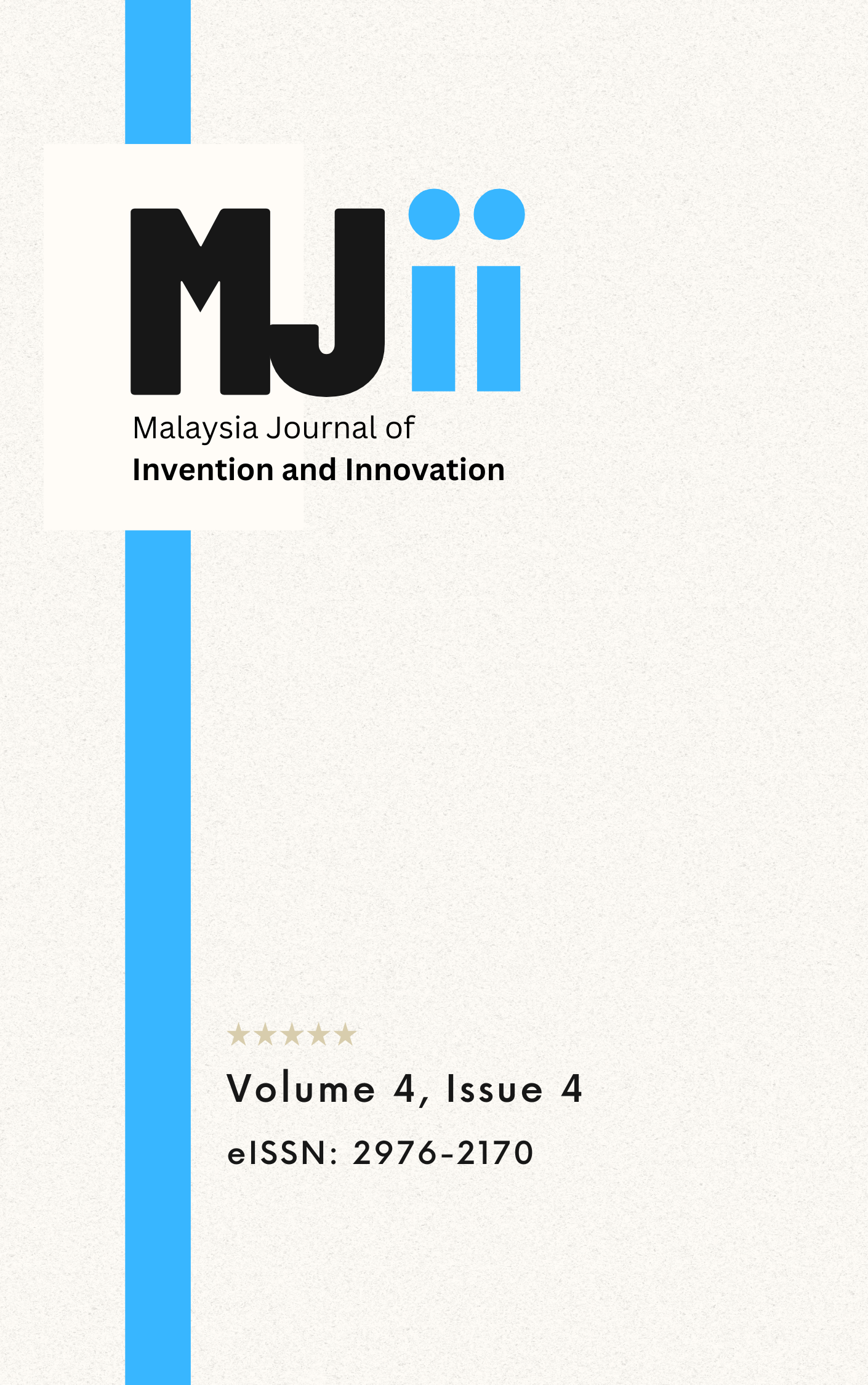HandSnap++: An Android Application for Debugging Handwritten C++ Code using Image Processing through Optical Character Recognition and Compiler
DOI:
https://doi.org/10.64382/mjii.v4i4.120Abstract
Paper coding, where students write C++ codes on paper during assessments, enhances logical and problem-solving skills but still has challenges, particularly in manual debugging. HandSnap++ is an innovative application that extracts handwritten C++ codes utilizing Optical Character Recognition (OCR), compiles the scanned codes, provides debugging feedback, and scores the students’ codes. This study employed a descriptive and developmental method within the quantitative research framework, gathering interviews and evaluations from 20 instructors and 20 students in the department of computer studies to assess the effectiveness of the HandSnap++ application in achieving its objectives that greatly contribute to the educational field and institution. The application, upon its development, proved to be an effective alternative tool for debugging in resource-limited environments, such as in computer laboratories, especially in state universities, as the app is portable. It also reduces overlooking errors in checking through OCR, provides timely feedback on scores for students, stores their answers digitally, and helps students adapt to utilizing compilers in an application. The application was evaluated with ISO 25010, and among the categories, its functional stability attained the high score average while its performance efficiency was scored last. Even with these results, it is recommended to explore OCR models focused on improving special character recognitions as well as to expand the supported language, not just C++, for compiling.
Downloads
Published
Versions
- 2025-03-24 (3)
- 2025-03-24 (2)
- 2025-02-12 (1)
Issue
Section
License
Copyright (c) 2025 Arias, Clarq Anderson P, Miranda, Stephen Felipin S, Paguinto, Juliana Arla S, Pangkubit, Rhea Joy M

This work is licensed under a Creative Commons Attribution 4.0 International License.
The authors of MJII retain copyright to the content of the articles.
The content is published under the Creative Commons Attribution (CC BY) 4.0 which allows content to be copied, adapted, displayed, distributed, republished, or otherwise re-used for any purpose, including for adaptation and commercial use provided the content is attributed without any restriction.
Authors Rights
The Journal grants you the following non-exclusive rights, subject to giving propoer acknowledgement to the original journal. The authors may:
(i) to reprint or reproduce the contribution, in whole or in part, in any publication of your interest.
(ii) to use material for teaching purposes; including availability of the matarial in academic course.
(iii) to post a copy of the contribution on your personal or institutional web server, provided that the server is non-commercial and there are no charges for access, and
(iv) to deposit a copy of the contribution in a non-commercial data repository maintained by an institution of which you are a member.
Author's Agreement
Author(s) guarantee the journal the following:
(i) that the contribution is their original work;
(ii) that it contains, no matter what, content that is defamatory or is otherwise unlawful or which invades rights of privacy or publicity or infringes any proprietary rights (including copyright);
(iii) that the contribution has not been published elsewhere in whole or in part and that no agreement to publish is outstanding other than this agreement. Author(s) agree to be responsible and hold the journal, its editors, staff and affiliate organizations harmless against any claims arising from or related to the breach or inaccuracy of any of the guarantees listed above.
Disclaimer
The editorial team of the MJII and the publication team of Academica Press Solutions share no responsibility regarding the views and opinions expressed by the authors.
The content published in MJII is Open Access and can be shared, adapted, reproduced, reprinted, after appropriate acknowledgment and giving due credit to the author(s) work.


